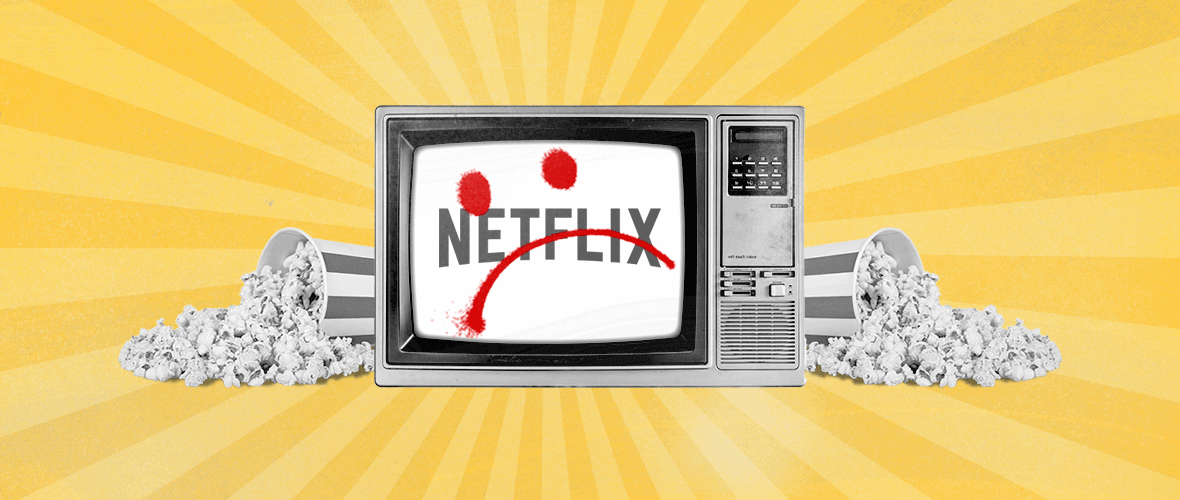Boxes, Bottles & Bags. (Or How I Learned to Love CPG's Details)
Working in advertising means caring a great deal about details everyone else won’t think twice about. Some are critical, like what to name a company. Others appear trivial, like what shade of blue to use for ads on Instagram. Every detail, however, affects sales, and in no category is that more prevalent than CPG.
Every time you hit the store—be it for food, toothpaste, those candles that smell like apples—hundreds of thousands of companies are competing for your eyes, and eventually, your wallet. Today, the average Walmart contains 120,000 SKUs (jargon for “products”); the average 7 Eleven, 3,000; and online retailers carry millions of products. So, while you might not care that Crest looks like it tastes refreshing while Arm & Hammer looks like it could also clean your car, advertisers do.
To help make sense out of this crowded, competitive space, here are three things I’ve found all great CPG brands have in common:
1. Their Products Match Their Marketing: When a product’s design aligns with what consumers want, it shines on the shelf. Take Old Spice. This grooming brand’s over-the-top advertising made it popular to millions of men, so they assure their products—with names like “Bearglove” and labels depicting epic mountain ranges—are equally masculine and absurd. The same can be said for Dove, whose comforting, gender-neutral bottles match their wonderfully inclusive commercials.
2. They Own Their Voice: With products that consumers will buy hundreds of times over their lives, it’s far more valuable to build trust than interest. It could be very easy to tell Dr. Bronner’s—a soap company with a riveting backstory and a commitment to social responsibility—that their bottles contain roughly 1,000% more copy than best practices suggest, but they have a loyal customer base that likes their products, wordy labels and progressive stances included. Changing that would likely cost them more customers than it would attract new ones. New brands don’t have that luxury, so they have to get straight to the point if consumers are going to care. RX Bar does this well with its direct, no BS approach to language.
3. They Embrace Change: Quaker Oats retiring its Aunt Jemimah brand is an obvious (and long overdue) example of this, but it’s the actions of another centenarian brand that struck my attention recently: Coca-Cola embracing TikTok. To put it in perspective, the lightbulb was 13 years old when that company was founded. It would be so reasonable for them to sit this new platform out, yet they understand complacency kills companies, and as a result they never lose relevancy.
It’s a crazy space, and there are countless factors from price to SEO that I won’t be touching on, but I hope this short list can help marketers focus their branding efforts into something that helps move the needle.






